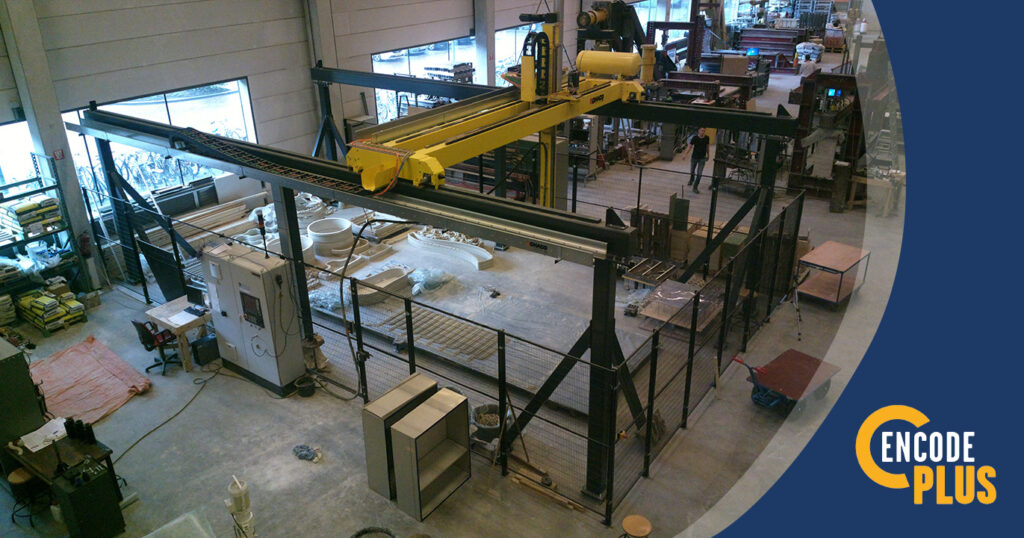



It is important to understand the brief history and timeline of this phenomenon that spread quickly throughout the world. It is said that 3D printing started in the 1980s, but it was not until 2004 that a University of Southern California professor attempted to first print a 3D wall.
It was a decade later before the first 3D printed house was built in Amsterdam. Then, the 3D printing race began!
3D printing, also known as “additive manufacturing” is a process by which an industrial printer extrudes concrete based off of a 3D model to produce a three-dimensional structure. These can be any type of structure – industrial, commercial, office buildings or even homes. Buildings can either be printed completely or in prefabricated pieces which are then assembled on site.
A few benefits of 3D printed housing is that these homes are cheaper and faster to build, sustainable, and allow for more varied and durable architectural features.

First and foremost, 3D printed housing is cheaper and faster to build. According to the CEO of Icon, 3D printed houses are up to 30% cheaper than traditional construction. Due to the recent pandemic, materials have been scarce and have led to long lead times in the construction industry, causing prices of materials to skyrocket.
Materials to build a 3D house are much cheaper and they require fewer workers to construct the home. With the current labor shortage, this also helps make the 3D printed housing market much more affordable in terms of construction, which could potentially be the key in filling the gaps of missing lower and middle housing.

Another major benefit to 3D printed housing is that the building process and materials both support sustainability. According to Mighty Buildings, 3D printed houses eliminate 99% of construction waste due to their printing and assembly accuracy. Mighty Buildings also stated that they will use solar energy and are targeting to achieve a net zero energy standard for each of their units. Not all construction companies use the same materials to print their houses. Some use concrete while others have formulated a polymer composite. Both materials are thermally efficient compared to traditional stand-alone materials.

By printing buildings using technology, not only is a building more accurate and sustainable, but it allows for more customized architectural features that may not easily be achieved with standard construction materials and methods. The printing process allows for more complex forms without restrictions such as curves, overhangs, freeform structures, etc. The world’s first freeform 3D printed house is entering the development phase in Chattanooga, Tennessee and parts of the structure are being tested for load bearing capabilities. It is expected that freeform designs like these will prove more structurally sound, and it has already been proven that the 3D printing materials are more durable than their traditional counterparts. In California and Mexico, existing 3D printed houses have withstood earthquakes and wind. Durability against hurricanes still needs to be tested.
A perfect example of all the benefits of 3D printed housing is located nearby in Houston, Texas. The first ever multi-story, 3D printed home in the United States is being constructed in a revitalizing area known as Spring Branch, and is paving the way to the possibilities of a future duplex, fourplex or multiplex to be 3D printed. It is a 4,000 square-foot home showcasing the architectural benefits of 3D printing, complete with integrated furniture, rounded corners and overhangs. The house also boasts its energy efficiency not only by reducing onsite waste, but with its innovative insulation. The wall insulation is made up of 10,000 recycled plastic bottles. According to the chief strategy officer, the owners will save up to 50% on energy.

According to CNBC, the City of Austin has already embraced 3D printed houses, so much so that the zoning and permitting process is streamlined. Approximately 8,200 miles away from Austin, Dubai is striving to print 25% of new buildings by 2030 and it is assumed that more cities will follow.
So, as planners and architects, we need to continue to plan for this emerging trend and prepare cities to streamline their zoning and permitting process because 3D printing might just be here to stay.
Additional resources for more information: